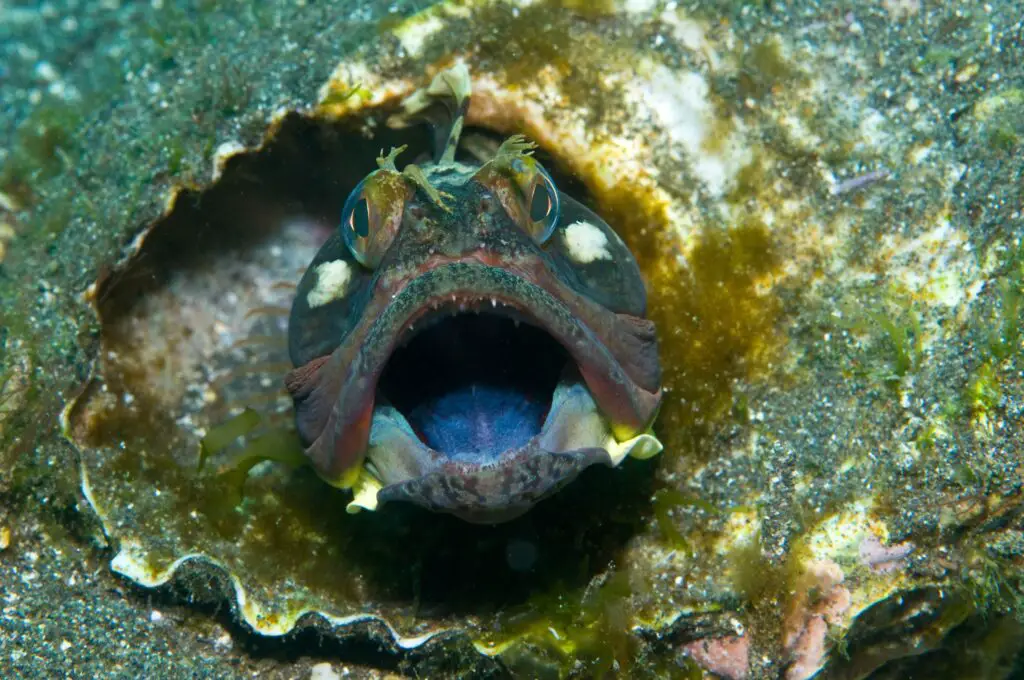Some catfish are known to be territorial, meaning they like to live in one place and will defend it from other fish. This trait can prove helpful in some situations, such as when only one fish population and the catfish need to get along. Other times, the catfish can fight other catfish because of its territorial nature. Catfish are one of the few fish species that exhibit territorial behavior. This territoriality is essential because it allows catfish to compete for resources and protect their territory from other catfish.
What is Territoriality, and Why is it Important?
Territoriality is a unique behavior exhibited by many animals, including some fish. Territorial animals defend their space by excluding others from it. This can take the form of standing up to an intruder, making warning noises, or even attacking. Territoriality is very important because it protects the survival of a population by limiting the number of resources that competitors can use.
Different species of fish exhibit different levels of territoriality. Some, like catfish and bass, are territorial and will fight anyone who trespasses on their territory. Other fish, like cichlids, are less territorial and will only guard their territory when they feel threatened.

What does Territoriality Mean for Fish in General?
There is no one answer to this question since territoriality varies depending on the species of fish and their environment. However, in general, fish tend to be territorial when they feel enclosed or threatened. This means they will guard their territory and defend it against other fish. Some fish, like catfish, will primarily defend a small area around them.
Catfish usually mark their territories with scent glands. They may also fight or chase other fish that enter their territory. Territoriality is important for fish because it helps them defend their food and space from predators.
Catfish: A Carefully Observed Fact
Catfish are commonly caught and consumed by humans. They have a long history of being eaten in many regions of the world. Many studies have shown that catfish show clear signs of territory when they are protecting their homes. These ranges varied in size but were always near other catfish. The fish fought back aggressively when an outsider attempted to enter these territories.
There are many different species of catfish, and each species exhibits different behaviors. Most of the time differences between species are caused by differences in habitat and food availability rather than by differences in traits or personalities.
One study looked at closely related catfish species living in the same aquarium, and researchers found that each catfish had its own territorial mark. Thus, catfish mark their territory. This is a natural phenomenon that may also be seen in aquariums. Catfish are quite aggressive in protecting their territory and will not turn down food if it comes into their territory. In most cases, they wouldn’t even go into or through another territory.
Why is Catfish Territorial?
There is no answer to this question because it depends on the personality and environment of the individual catfish. Catfish are typically territorial and will defend their territory. This includes areas near the water’s edge, in the middle of a stream, and even in an aquarium. If they feel threatened or that their territory is being invaded, they may become aggressive.
Factors that Affect Catfish Territory
A variety of factors can influence catfish territory. Size, age, sex, and personality all influence where a catfish will live. Males are the most territorial and may establish territories around natural or artificial feeders. Females can also establish territories, but they prefer to do so near spawning gravel or other areas where they can mate and lay eggs.
How Big is a Catfish Territory?
When it comes to establishing territory, catfish are no different than any other animal. Catfish will form a perimeter around their home pool or spawning area in the wild to protect themselves from other fish and predators. Many catfish owners try to make their fish act as they do in the wild by giving them a space where they can roam. On the other hand, some catfish will test the limits by invading neighboring territories. If your catfish constantly attempt to enter each other’s territory in your aquarium or become aggressive, you can solve the problem by establishing separate territories for your fish.
How do Catfish know when they have crossed the boundary?
Catfish often have an innate sense of territoriality, which can help them determine when they have crossed the boundary. When a catfish feels its territory is violated, it may attack or be aggressive. A fish’s aggressiveness can also be determined by its size and the number and strength of its rivals.
Are there any other ways that a fish can establish territory?
There are a few other ways that a fish can establish territory. One way is to create a barrier by piling rocks or other objects in the area around their territory. Another way is to use scent to mark the area as theirs. Some species of fish, such as catfish, will also display aggression towards other fish if they believe they are encroaching on their territory. There are a few ways that fish can establish territory. Some fish patrol their surrounding area, while others lay eggs in specific areas.
Why Do Catfish Defend Their Territory?
Catfish territories, or areas where they live and protect themselves, are usually run by a single catfish or a breeding pair. Food, shelter, a sexual partner, or offspring are all examples of guarded resources. Catfish frequently exhibit aggressive behavior against intruders while defending their territories. The territory owner strikes while competing for fish, which results in a bite or a bump. Fish of the same species that are big, young, female, or from the same area act aggressively.
Because male catfish are aggressive, they can get close to females in a certain territory. This lets them compete with other males, which is called intrasexual selection. Intrasexual selection is when potential mates of the opposite sex choose among mates to have sex with based on the availability of those in a given territory.
Male and female catfish continue to exhibit similar or more invasive behavior during the spawning season, owing to the increased reproductive value of offspring and the awareness of newly hatched young fish against enemies. Territorial aggression can occur not only as a result of the pressures of mating, producing offspring, or intruders but also as a result of light.
Conclusion
Territoriality is a common way for catfish to act, and it is especially common in catfish species that don’t care much one way or the other. Catfish defend resources such as food, shelter, mates, spawning grounds, and offspring. It’s not surprising that catfish can be territorial because they’re omnivorous fish. When two or more catfishes meet in their natural environment, they fight for space. Catfish probably started marking their territory as a way to increase their chances of getting food and resources.











